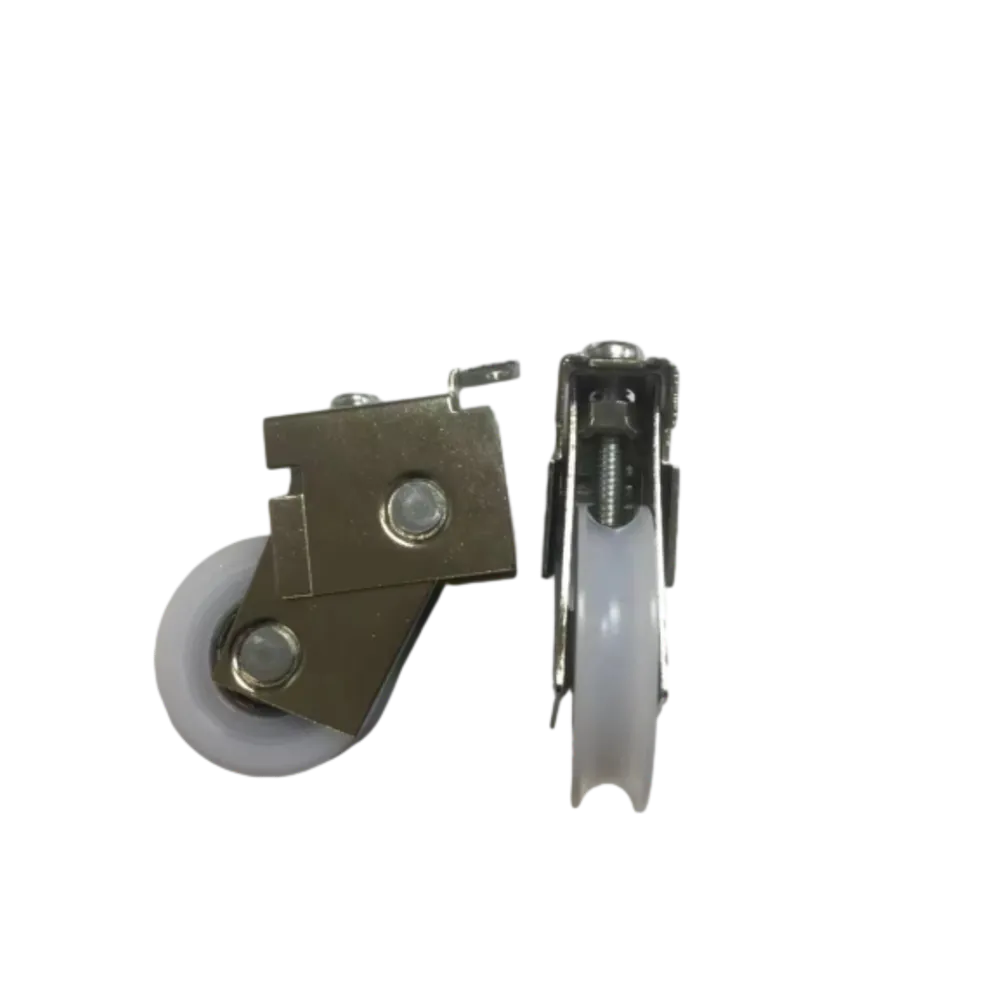cast iron castings
Understanding Cast Iron Castings An Overview
Cast iron castings are an essential component of various industries, widely recognized for their durability, versatility, and excellent wear resistance. This material has been around for centuries, initially utilized for cooking pots and stove parts, but has evolved significantly to meet the demands of modern manufacturing. In this article, we will explore the nature of cast iron, its manufacturing processes, applications, and the benefits it offers.
What is Cast Iron?
Cast iron is an iron-carbon alloy that contains between 2% to 4% carbon, along with varying amounts of silicon, manganese, and other elements. This specific composition gives cast iron its unique properties, such as a high melting point and excellent fluidity when melted. The most common types of cast iron include gray cast iron, ductile cast iron (also known as nodular or spheroidal cast iron), white cast iron, and malleable cast iron, each with its own distinct characteristics suited for different applications.
Manufacturing Processes
The manufacturing of cast iron castings typically involves several key steps melting, pouring, and solidifying. The process begins with the raw materials, which are usually ferrous scrap, pig iron, and alloying elements. These materials are melted in a furnace at high temperatures (around 1400 to 1600 degrees Celsius). Once the molten iron is achieved, it is poured into molds which have been pre-prepared to form the desired shape.
Molding can be done using various techniques, including sand casting and investment casting. Sand casting, the most prevalent method, utilizes a mixture of sand and binder to create the molds in which the molten iron is poured. After solidifying, the molds are broken away, revealing the finished casting, which often requires further machining and finishing to meet specific tolerances and surface requirements.
Applications in Industry
cast iron castings

Cast iron castings are used across a wide range of industries. They are prevalent in automotive, construction, manufacturing machinery, and household goods. In the automotive sector, cast iron engine blocks and cylinder heads leverage the material's strength to withstand high pressures and temperatures. In building construction, cast iron is used for structural components like columns and beams, as well as decorative elements such as railings and grates.
Moreover, its heat retention qualities make cast iron a popular choice for kitchenware, including skillets, Dutch ovens, and grills. The versatility of cast iron enables it to be molded into complex shapes, making it a favorite material in engineering and design applications.
Benefits of Cast Iron Castings
There are numerous advantages to using cast iron castings. One of the primary benefits is their inherent strength and durability, which allows products to withstand heavy loads and harsh conditions. Furthermore, cast iron exhibits excellent wear resistance, making it suitable for components subjected to friction and abrasion.
In addition to its physical properties, cast iron also offers excellent machinability, allowing for efficient post-casting operations. Its excellent thermal conductivity enables even heat distribution in cooking applications, making it a preferred choice for chefs and home cooks alike.
Additionally, cast iron is highly recyclable, with many foundries actively using recycled iron to produce new castings. This sustainability aspect not only reduces waste but also decreases the environmental impact of iron production.
Conclusion
In summary, cast iron castings are a vital material in various industries due to their durability, versatility, and excellent performance characteristics. As industries continue to evolve and innovate, cast iron remains a reliable choice for manufacturers seeking quality components that can withstand the test of time. Understanding the properties and processes of cast iron can facilitate better design decisions and ultimately lead to enhanced product performance in the marketplace. As we progress into an increasingly technology-driven future, the role of cast iron castings will likely continue to grow, reaffirming their importance in modern manufacturing.
-
Wrought Iron Components: Timeless Elegance and Structural StrengthNewsJul.28,2025
-
Window Hardware Essentials: Rollers, Handles, and Locking SolutionsNewsJul.28,2025
-
Small Agricultural Processing Machines: Corn Threshers, Cassava Chippers, Grain Peelers & Chaff CuttersNewsJul.28,2025
-
Sliding Rollers: Smooth, Silent, and Built to LastNewsJul.28,2025
-
Cast Iron Stoves: Timeless Heating with Modern EfficiencyNewsJul.28,2025
-
Cast Iron Pipe and Fitting: Durable, Fire-Resistant Solutions for Plumbing and DrainageNewsJul.28,2025
-
 Wrought Iron Components: Timeless Elegance and Structural StrengthJul-28-2025Wrought Iron Components: Timeless Elegance and Structural Strength
Wrought Iron Components: Timeless Elegance and Structural StrengthJul-28-2025Wrought Iron Components: Timeless Elegance and Structural Strength -
 Window Hardware Essentials: Rollers, Handles, and Locking SolutionsJul-28-2025Window Hardware Essentials: Rollers, Handles, and Locking Solutions
Window Hardware Essentials: Rollers, Handles, and Locking SolutionsJul-28-2025Window Hardware Essentials: Rollers, Handles, and Locking Solutions -
 Small Agricultural Processing Machines: Corn Threshers, Cassava Chippers, Grain Peelers & Chaff CuttersJul-28-2025Small Agricultural Processing Machines: Corn Threshers, Cassava Chippers, Grain Peelers & Chaff Cutters
Small Agricultural Processing Machines: Corn Threshers, Cassava Chippers, Grain Peelers & Chaff CuttersJul-28-2025Small Agricultural Processing Machines: Corn Threshers, Cassava Chippers, Grain Peelers & Chaff Cutters












